Balkrishna Doshi, an eminent figure in the architectural realm, stands as a testament to the fusion of cultural heritage and modernist ideologies. Born on August 26, 1927, in Pune, India, Doshi’s architectural journey is a tale of passion, innovation, and a profound commitment to societal well-being.
Doshi’s affinity for architecture burgeoned from his childhood experiences in the culturally rich landscapes of Gujarat. Balkrishna Doshi’s upbringing in Gujarat played a pivotal role in shaping his architectural sensibilities. Growing up in this culturally vibrant landscape exposed him to a tapestry of architectural styles and traditions deeply rooted in Indian culture.
The vernacular architecture of Gujarat, characterized by intricately carved wooden facades, courtyard-based designs, and a keen focus on climatic responsiveness, served as an early influence on Doshi. He witnessed how these indigenous architectural forms seamlessly integrated with the local environment, responding to the region’s climate, social dynamics, and cultural practices.
His experiences in Gujarat, immersed in the ethos of community living and traditional craftsmanship, laid the groundwork for his later endeavors in architecture. These early impressions instilled in Doshi a profound appreciation for the intrinsic connection between architecture and its cultural context.
His formal education at the Sir J.J. School of Architecture in Mumbai propelled him into the realm of architectural academia under the mentorship of luminaries like Le Corbusier and Louis Kahn. Le Corbusier’s groundbreaking modernist approach and Kahn’s emphasis on monumental form and materiality left an indelible mark on Doshi’s architectural psyche.
This fusion of influences from Gujarat’s vernacular architecture and the teachings of architectural stalwarts formed the bedrock of Doshi’s architectural vision. It laid the groundwork for his unique approach, characterized by a sensitive responsiveness to context, a deep respect for cultural heritage, and an unwavering commitment to addressing societal needs.
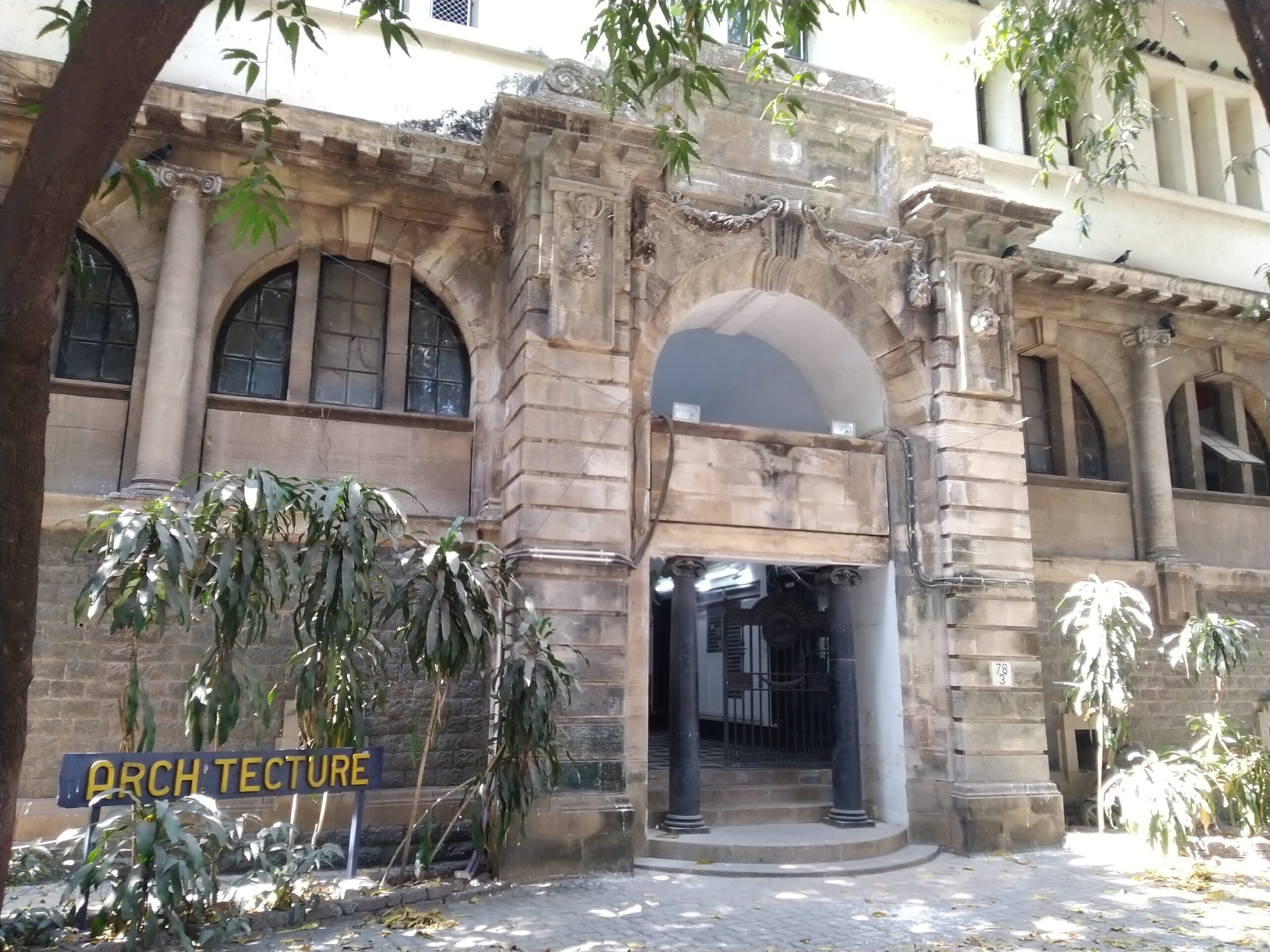
Main entrance of Sir J. J. College of Architecture, Mumbai. Courtesy of DesiBoy101.
Doshi’s architectural philosophy revolves around contextual modernism. He champions the integration of Western architectural principles with indigenous practices, crafting spaces that resonate with their surroundings and occupants. His specialization in low-cost housing and urban planning reflects a deep-seated commitment to addressing societal needs, emphasizing functionality, sustainability, and inclusivity.
Doshi’s vision goes beyond the mere application of Western architectural norms. Instead, he seeks a symbiosis—a fusion that respects and draws from India’s rich architectural heritage while embracing the innovations of global modernism. This integration is not about juxtaposition but a harmonious blending, where modernist concepts are contextualized within the cultural, climatic, and social fabric of India.
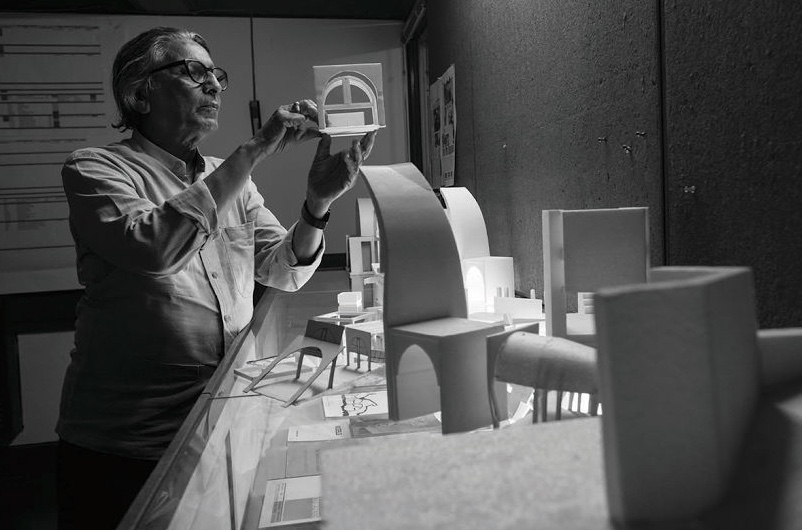
Balkrishna Doshi.
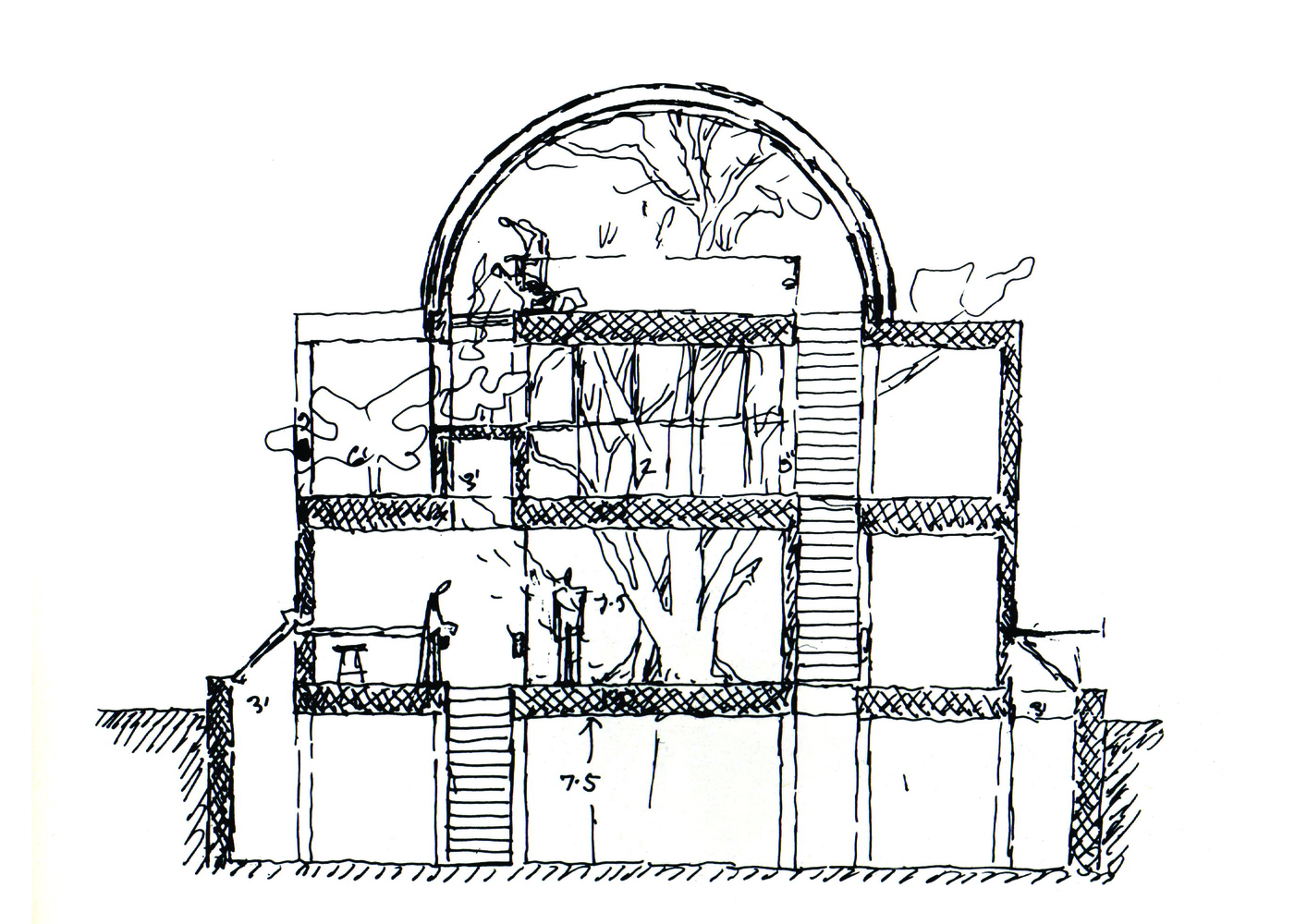
Sangath. Courtesy of Pritzker Architecture Prize
For Doshi, architecture is not solely about erecting structures; it’s about creating environments that resonate with the people who inhabit them. He meticulously crafts spaces that reflect an understanding of their context—be it the local climate, traditional building methods, or cultural practices. These spaces are functional, comfortable, and imbued with a sense of belonging for their occupants.
Doshi’s dedication to low-cost housing and urban planning stems from a deep-rooted commitment to addressing societal needs. He envisions architecture as a tool for social change, believing that everyone deserves access to dignified and affordable housing. His designs prioritize inclusivity, catering to diverse communities and empowering them through well-thought-out spaces.
In his pursuit of addressing societal needs, Doshi emphasizes functionality and sustainability. His designs aren’t just aesthetically pleasing; they are practical and environmentally conscious. By incorporating elements like passive cooling techniques, natural ventilation, and use of local materials, he creates sustainable habitats that minimize environmental impact.

Aranya: Low Cost Housing
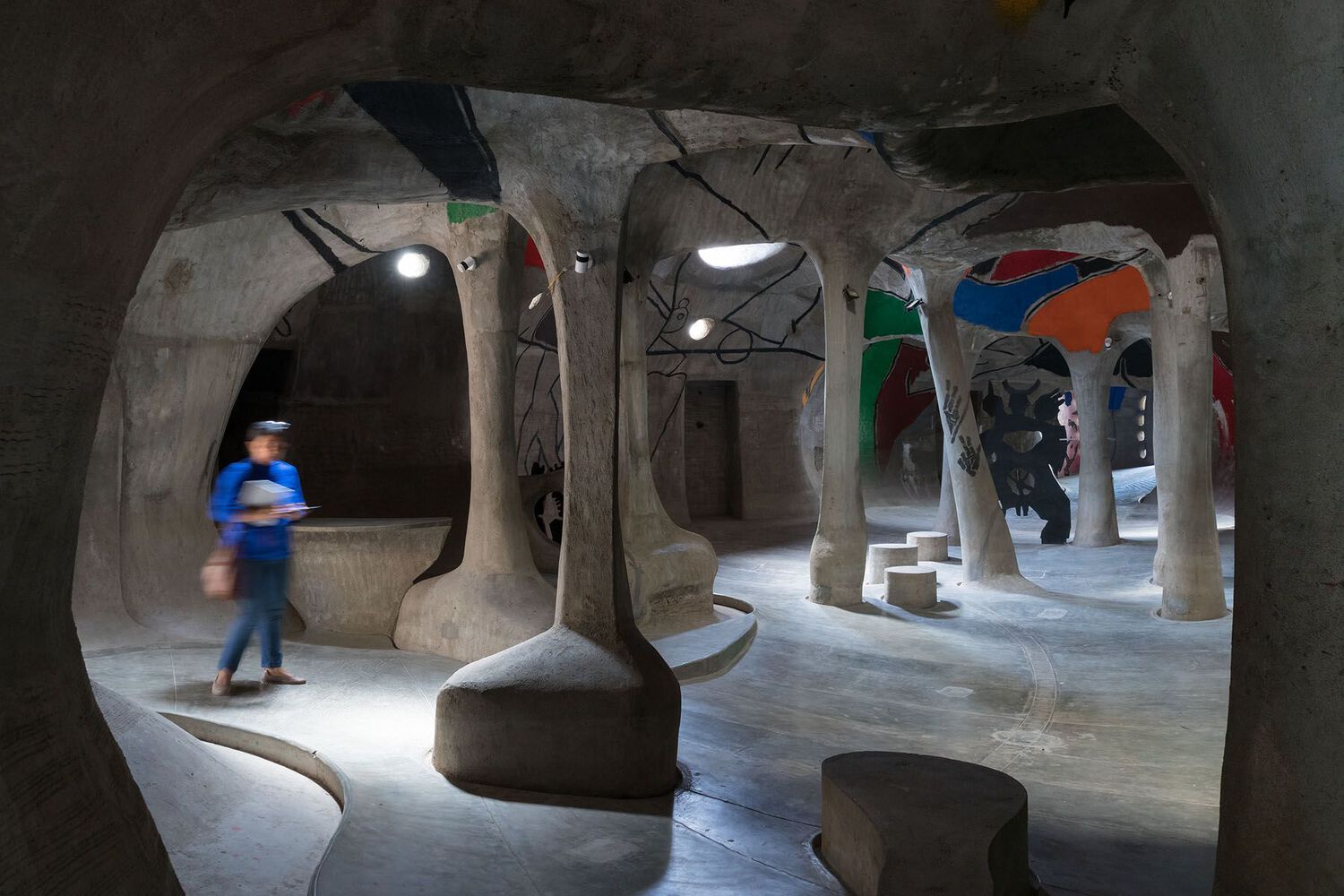
Amdavad Ni Gufa. Courtesy of Iwaan Baan
Doshi’s approach to urban planning embraces inclusivity at its core. He envisions cities as vibrant ecosystems where everyone—regardless of socioeconomic status—has access to essential amenities, green spaces, and opportunities for community interaction. His designs foster social cohesion and a sense of shared responsibility among residents.
Doshi’s portfolio boasts remarkable projects that exemplify his visionary approach to architecture. The Aranya Low-Cost Housing in Indore epitomizes his dedication to affordable housing solutions. This sprawling development stands as a testament to his belief that architecture should cater to all segments of society, offering not just shelter but a sense of community and dignity.
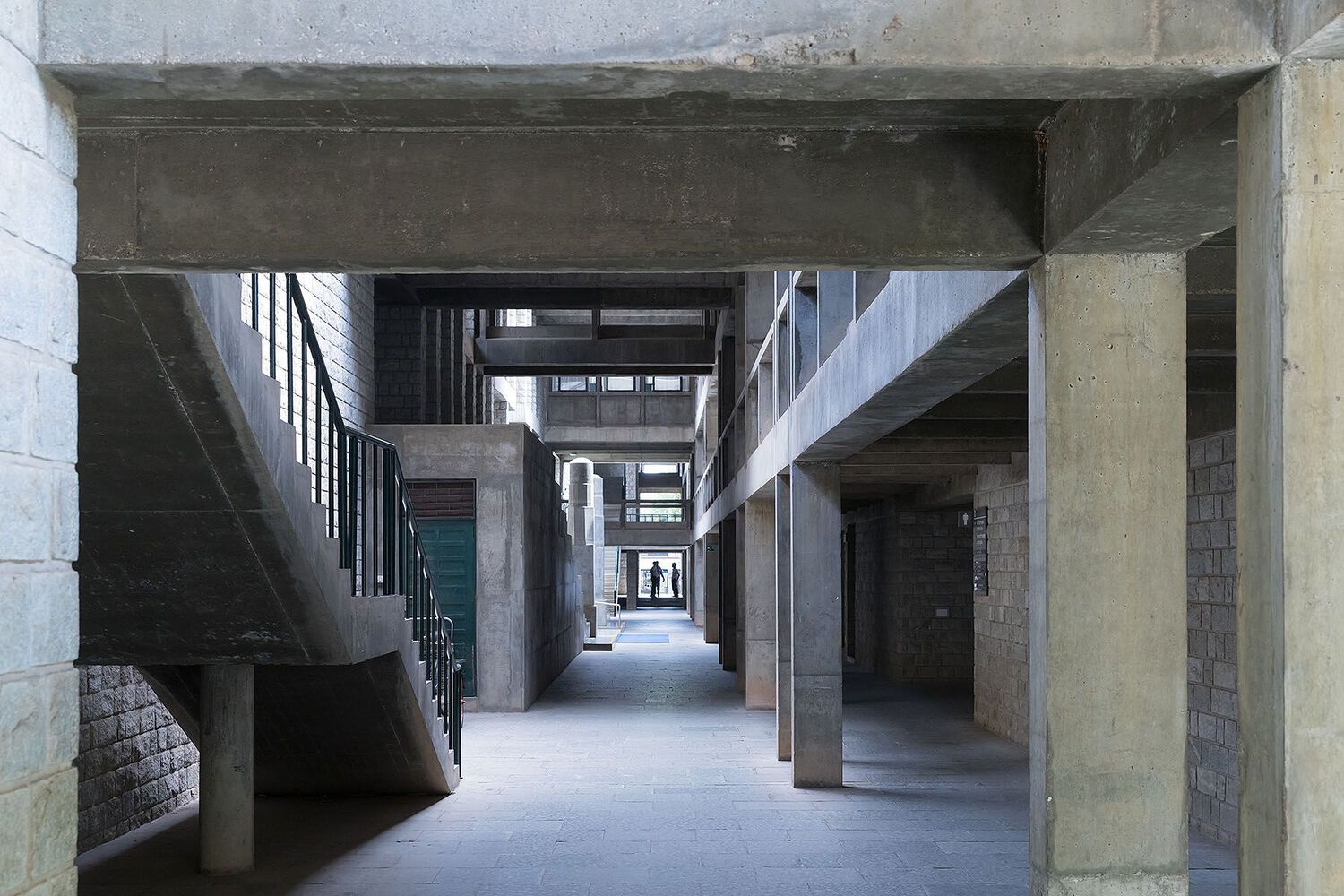
Institute of Management. Courtesy of Iwaan Baan
The Indian Institute of Management in Bangalore stands as another hallmark of Doshi’s prowess. This campus seamlessly merges modernist design elements with the natural landscape, showcasing his ability to create harmonious environments conducive to learning and growth.
Doshi’s contributions to the architectural landscape have garnered global acclaim. In 2018, he was honored with the prestigious Pritzker Architecture Prize, the highest accolade in the field. This recognition underscored his lifelong dedication to creating socially responsible architecture that transcends boundaries and inspires a new generation of architects.
Balkrishna Doshi’s architectural journey is a tapestry woven with threads of innovation, cultural reverence, and social consciousness. His designs are not mere structures but embodiments of a vision that seeks to uplift communities, foster inclusivity, and celebrate the essence of human habitation.
Through his transformative works, Doshi has reshaped the architectural narrative, emphasizing the role of architects as catalysts for positive societal change. His legacy reverberates not only in concrete structures but in the lives of the countless individuals who inhabit and experience the spaces he has envisioned.
Balkrishna Doshi stands as an exemplar of how architecture, when imbued with purpose and compassion, transcends the confines of construction, becoming a transformative force that shapes societies and inspires generations to come.


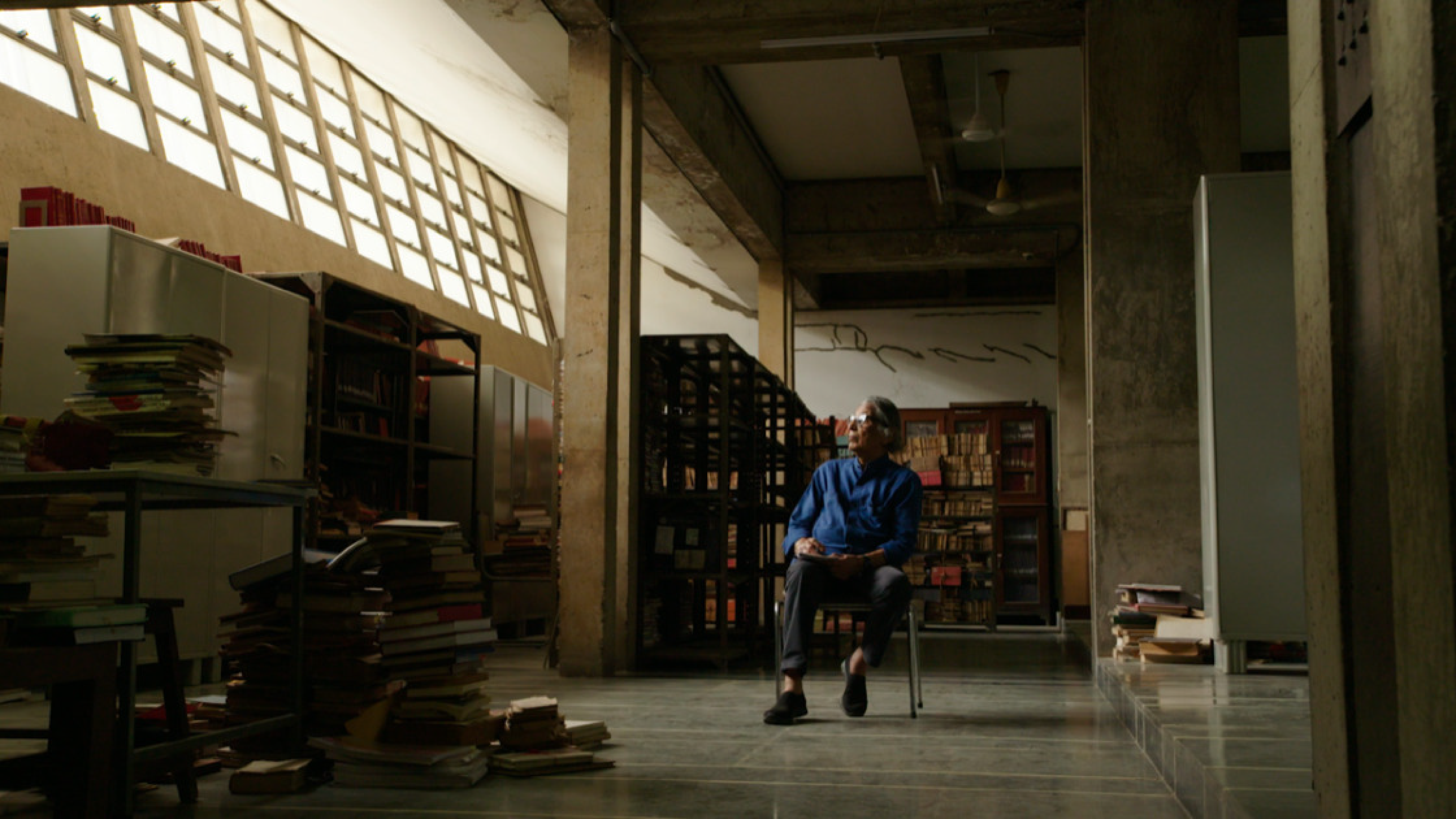

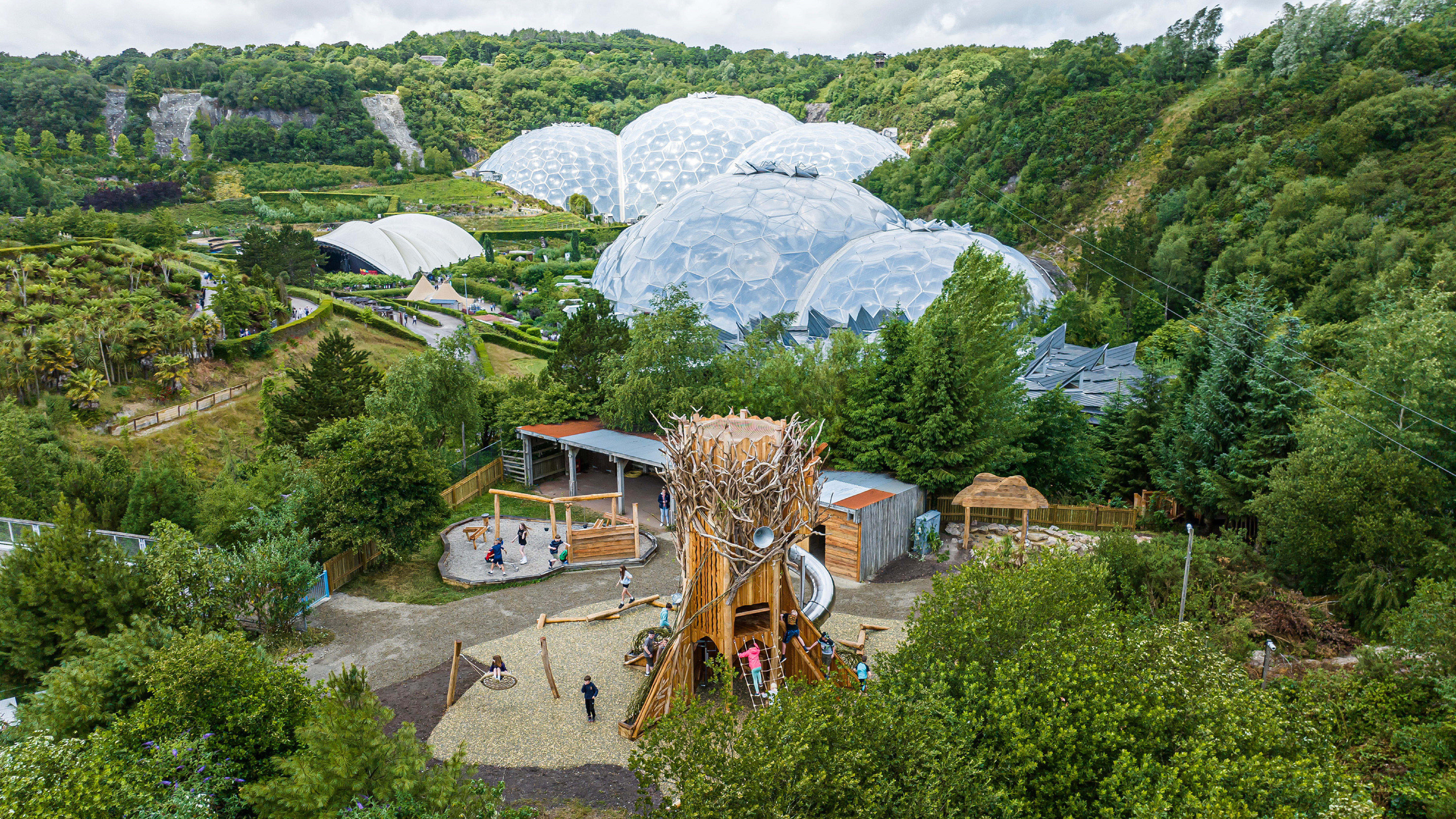
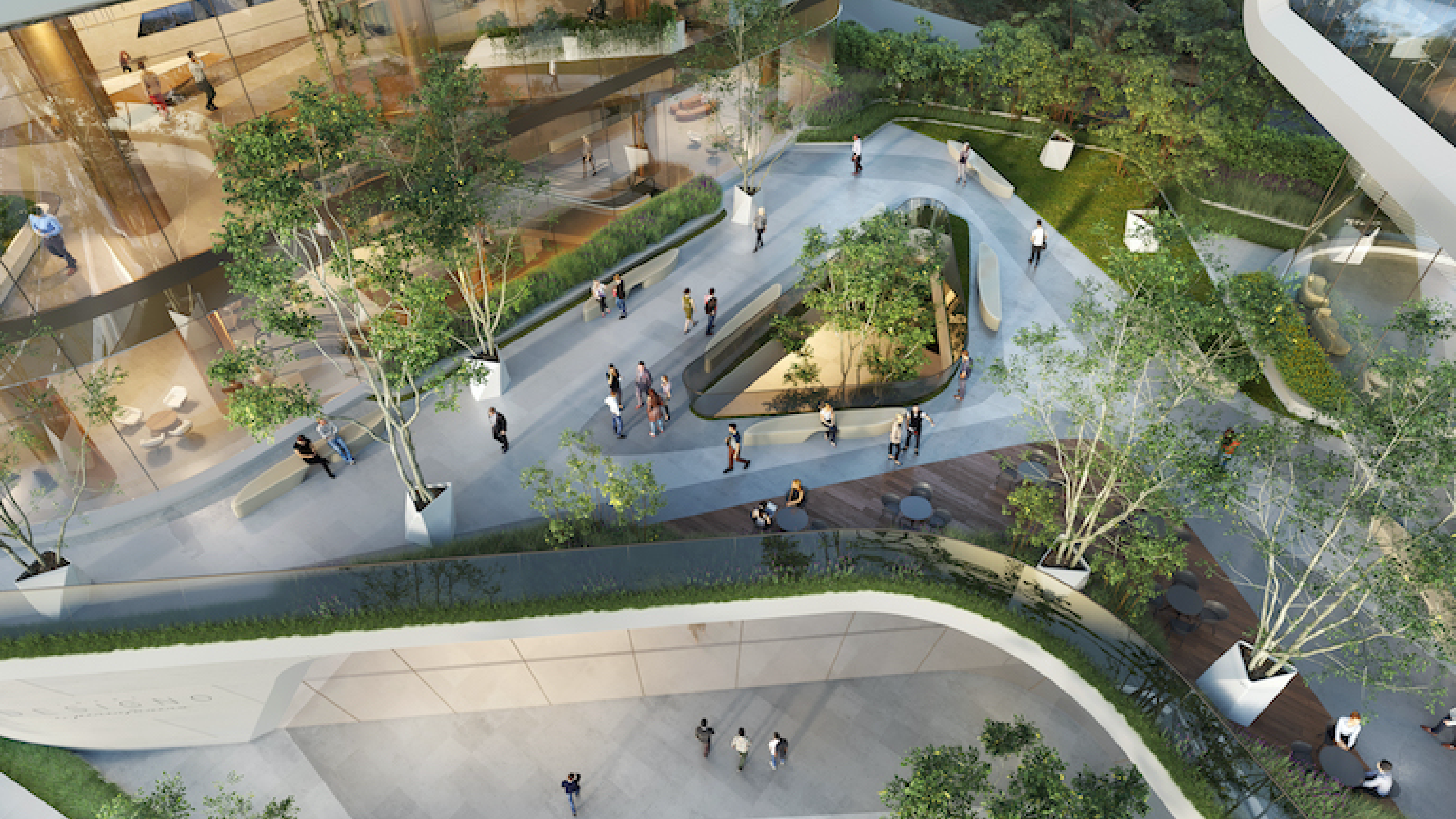
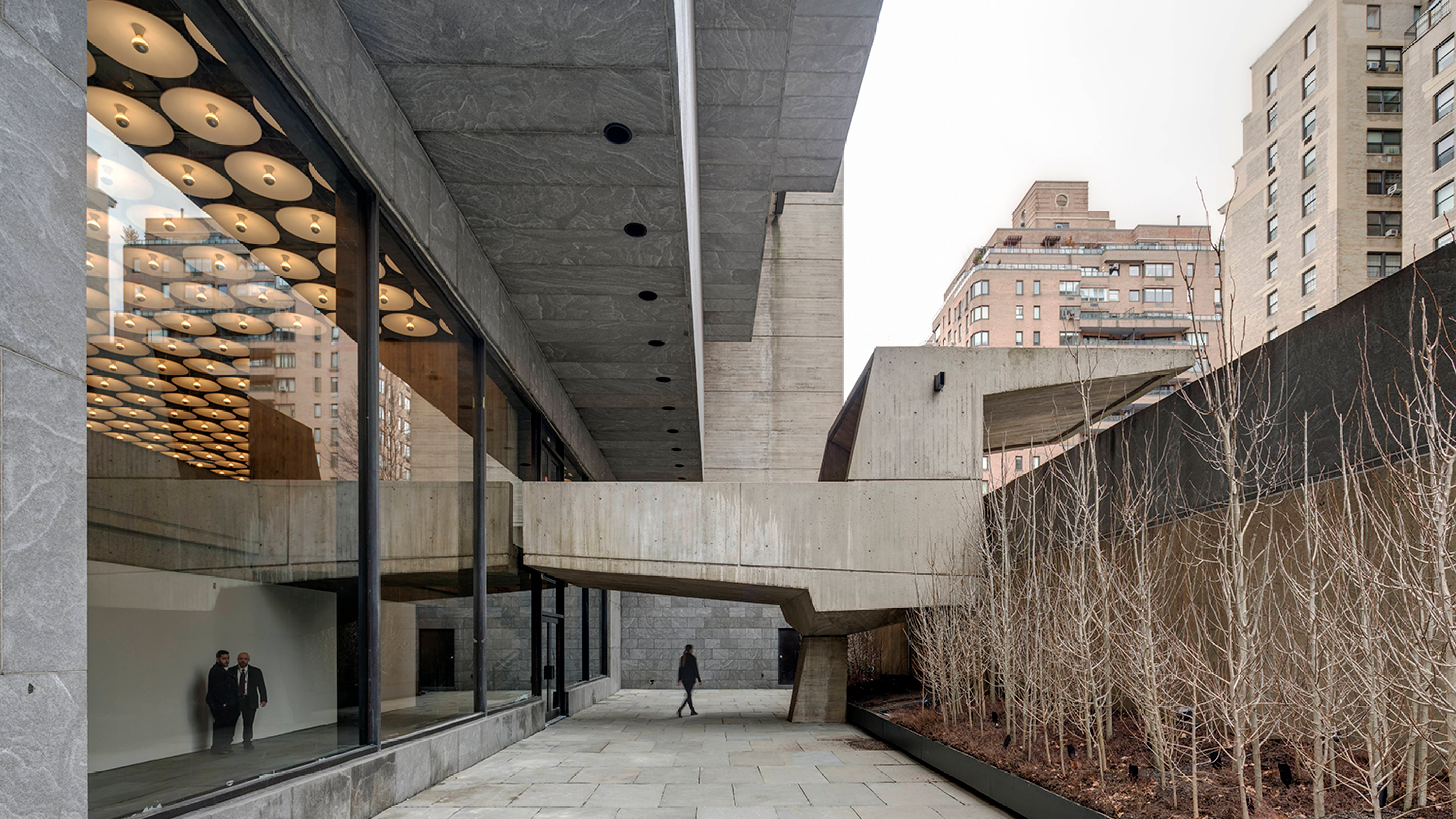
Leave A Comment